As a bodybuilder, measuring your progress can be excruciatingly difficult. When you step on the scale, you get a number that tells you nothing about the ratio of fat to muscle. When the scale goes up, you hope you're adding lean muscle tissue, but there's that nagging doubt that it's actually fat.
You check your physique in the mirror daily but find it hard to spot any differences. Because you see your body so often, it can seem that your progress is stagnating.
There has got to be a better method for tracking progress as a bodybuilder.
There is; taking progress pics. Photos provide an objective standard for comparison. They don't lie, so you can clearly see how your body is changing. But progress pictures are only useful if you know how to take them properly. This article provides seven tips for bodybuilders to take quality progress pictures they can use to gauge their progress.
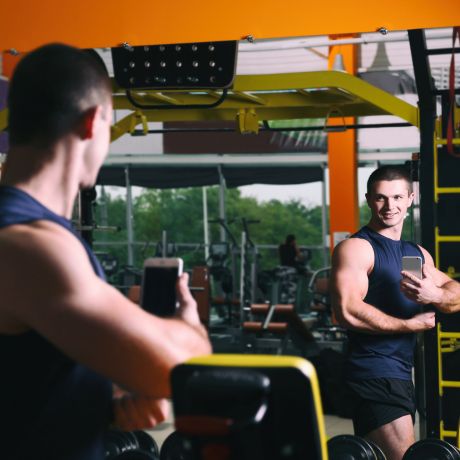
7 Tips for Awesome Bodybuilding Progress Photos
As a veteran personal trainer, I've worked with a lot of competitive bodybuilders. As a result, I've often been the guy on the other end of the camera taking progress pics in the months and weeks leading up to a contest. Here are my seven top tips for taking quality progress pictures:
1. Consistent Lighting
If possible, take your photos in natural light. Make sure your photo shoot is at the same time of day to ensure the same lighting. If you have to use artificial light, ensure that you use the same source. A consistent light source will allow you to objectively compare changes in muscle size and definition without being encumbered by shadows that hit the body differently.
2. Neutral Background
You should stand against a neutral background. This will prevent the background from becoming a distraction, allowing the eye to focus directly on your muscles. Find a good spot to do your progress pic shoot and use it every time.
3. Fixed Camera Placement
The camera needs to be positioned at the same height and distance from your body for every photo shoot. If it's closer or further away, you will find it impossible to measure your progress. You should also get a trusted person to actually take the photos. Don't try to take mirror selfies unless you have no other option!
Mark the spot where your photographer is standing and take note of the distance from you so that you can replicate this positioning every time. Make sure, too, that your entire body is visible in every shot.
4. Same Poses and Angles
Use the same positions and poses in every photo. My recommendation is to learn how to do the bodybuilding mandatory poses and have a photo taken in each of them. I will cover those later in the article.
5. Regular Schedule
Set up a schedule so that you are taking your progress photos at regular intervals. That means taking them on the same day at the same time.
I suggest not taking your photos straight after a workout. If you do, your muscles will be artificially inflated due to the pump effect. Furthermore, if you change up your routine so that you're training chest before one shoot and legs before another, you are going to see the effects of a pump in different parts of the body. This will provide you with a false picture of your progress.
In the bodybuilding offseason, I suggest you take progress photos once per month. Then, when you begin your pre-contest diet (typically 12 weeks out from the show), start taking pics every week.
6. Same Clothes
Wear the same outfit for all of your progress photos. This should consist of the posing trunks that you will be wearing on stage. Women should also wear the bikini they'll be competing in on stage.
If you are a non-competitive bodybuilder, wear minimal clothing to display all of your skeletal muscle groups. This could be a pair of shorts and no top for guys and shorts and a crop top or sports bra for the ladies.
7. Document Additional Information
Even though your progress photos will provide valuable information about your bodybuilding progress, you shouldn't rely solely on them. I recommend that you also take body measurements each month. Run the tape around the following body parts:
- Upper arms
- Shoulder girth
- Chest
- Waist
- Quads
- Calves
You should also have your body fat percentage taken once a month. This will tell you the composition of your body in terms of fat and muscle tissue. Combine these metrics with your progress photos to get an overall picture of your bodybuilding progress.
The Poses
Here's an overview of the poses you will have to hit on a bodybuilding stage, along with some tips on how to do them properly:
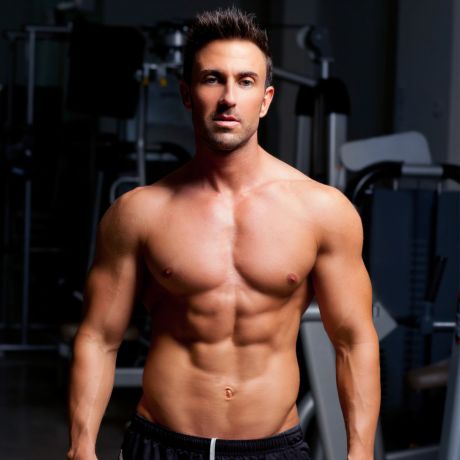
1. Front Relaxed
- Stand with feet shoulder-width apart and arms hanging naturally by your sides.
- Relax your shoulders and keep them squared.
- Maintain a straight posture with your chest up and abdominals engaged.
- Avoid excessive leaning forward or backward.
- Keep your head up and facing forward with a confident expression.
- Relax your facial muscles and avoid tensing or grimacing.
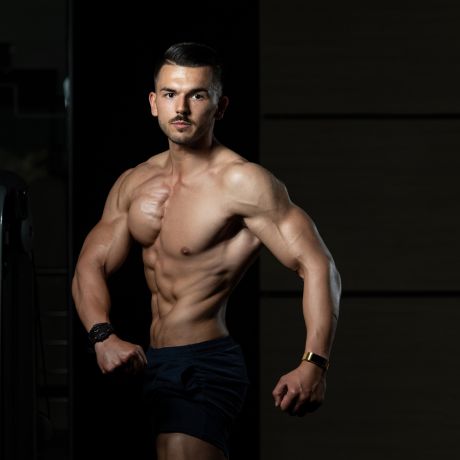
2. Side Relaxed
- Stand sideways with one foot slightly in front of the other for stability.
- Allow your arms to hang naturally by your sides.
- Keep your shoulders relaxed and squared, avoiding any hunching.
- Stand tall with your chest up and abs tight.
- Place the hand on the side closer to the audience gently on your hip or thigh for a subtle pose.
- Bring your back arm across your upper stomach, pushing your back pec out.
- Keep your head up and facing forward, maintaining a neutral expression.
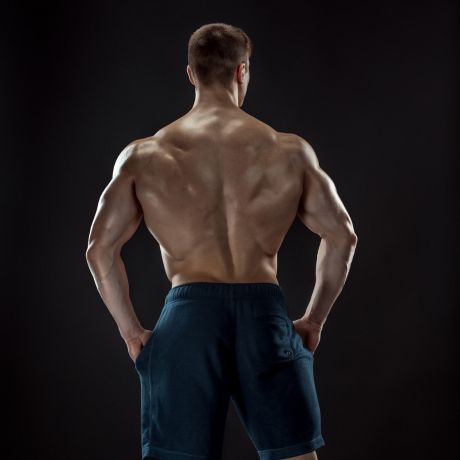
3. Back Relaxed
- Allow your arms to hang naturally by your sides.
- Keep your shoulders relaxed and avoid hunching forward.
- Maintain straight posture with your chest up and abs engaged.
- Avoid arching your back excessively.
- Keep your head up and facing forward or slightly tilted downwards.
- Relax your facial muscles and maintain a composed expression.
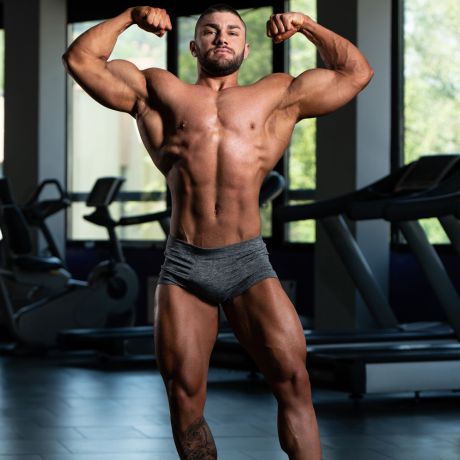
4. Front Double Biceps Pose
- Stand upright with feet shoulder-width apart, toes pointed slightly outwards.
- Flex calves and quadriceps.
- Contract both biceps simultaneously, bringing them up towards your shoulders.
- Flex your chest and abs while keeping a straight back.
- Flare out your lats to create width.
- Keep your head up and maintain a confident expression.
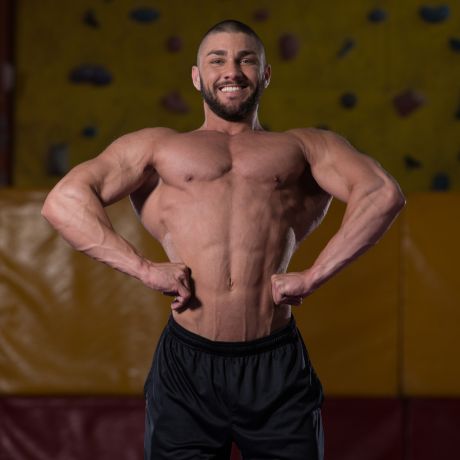
5. Front Lat Spread
- Stand with feet shoulder-width apart, toes pointing out at around a 45º angle.
- Flex your calves and quads.
- Bring both arms back like doing a row, anchor your thumb just above your hips on your back, and flare your elbows out.
- Flex your lats by spreading them wide, pushing your chest forward.
- Slightly tilt your pelvis forward to emphasize your abdominal definition.
- Keep your head up and maintain a proud posture.
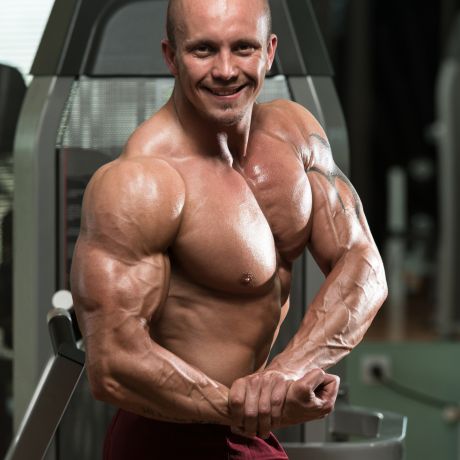
6. Side Chest Pose
- Stand sideways with your foot farthest away from the camera slightly behind the other.
- Bend your knees slightly, with your front foot on tip-toes, push your leg against your back leg.
- Extend the arm closest to the audience towards the front, bring the other arm across your body to grasp the wrist or forearm of the extended arm.
- Then bend your front arm at a 90-degree angle, flexing your arm muscles.
- Use your back arm to help push your rear pec up. Contract your chest muscles while keeping your abs tight.
- Twist your torso slightly towards the audience to highlight your chest and shoulder definition.

7. Side Triceps Pose
- Stand sideways with one foot in front of the other.
- Pull the arm closest to the audience towards the rear, bending it at a 90-degree angle.
- Use the opposite hand to grab the wrist, forearm, or fingers of the front arm behind your back.
- Straighten your front arm while flexing your triceps, keeping your shoulder and chest muscles tight.
- Twist your torso slightly towards the audience to showcase triceps definition.
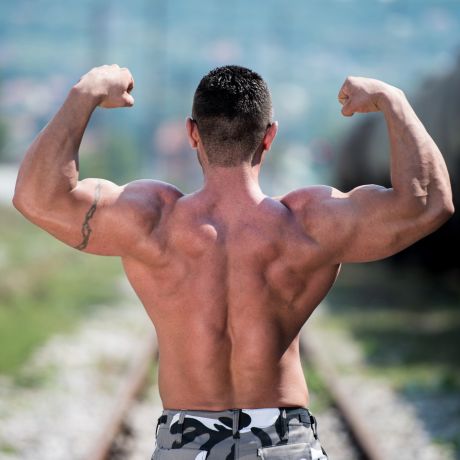
8. Back Double Biceps Pose
- Stand with feet shoulder-width apart, facing away from the audience.
- Kick one leg back slightly resting on your tip-toe.
- Flex your calves, hamstrings, and glutes.
- Extend both arms to the sides, bending them at 90-degree angles.
- Bring both fists towards your shoulders, contracting your biceps and squeezing your shoulder blades together.
- Flex your back muscles, especially the lats, to create width.
- Keep your head turned slightly towards the audience and maintain a strong, upright posture.
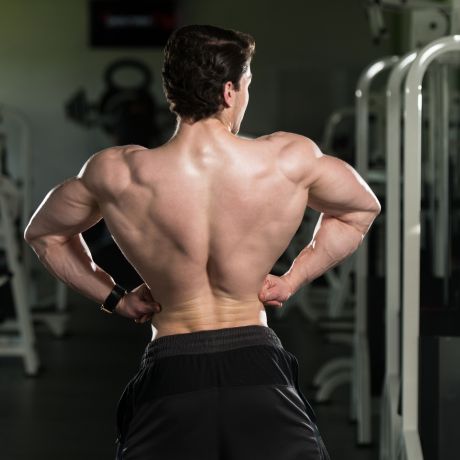
9. Back Lat Spread
- Start with your base, legs about shoulder-width angled out, one leg kicked back on tip-toe with calf flexed.
- Flex your other calf, hamstrings, and glutes.
- Pull both arms back, with elbows tucked like you are performing a row.
- Anchor your thumb toward your love handle area, just above your hips.
- Flare your elbows out, spreading your lats as wide as they will go.
- Hinge backward a very small amount.
- Keep your head turned slightly towards the audience and maintain a proud posture.
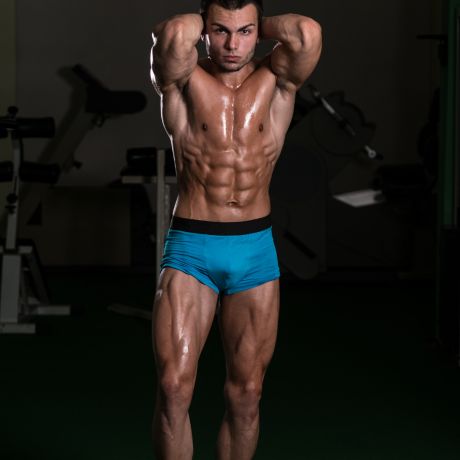
10. Abs and Thigh Pose
- Stand upright with feet shoulder-width apart.
- Place one hand behind your head and the other hand on your hip or thigh.
- Flex your abs and thighs simultaneously, pushing them forward to showcase definition.
- Slightly twist your torso to the side to highlight oblique muscles.
- Keep your head up and maintain a confident expression.
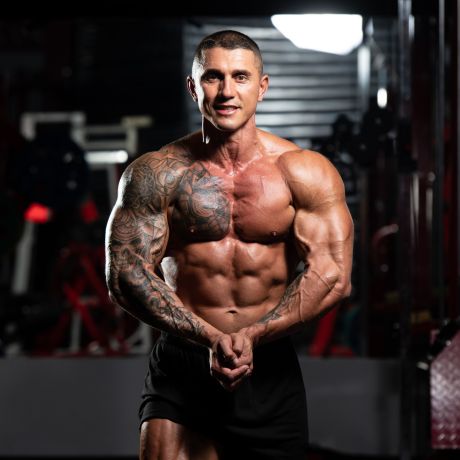
11. Most Muscular Pose
- Stand upright with feet shoulder-width apart.
- Bend your knees slightly and lean forward.
- Clasp your hands together in front of your torso, with elbows out to the sides.
- Flex your chest, shoulders, and arms while pushing your elbows forward.
- Contract your abs and flare out your lats to create a wide, powerful look.
- Keep your head up and maintain a fierce expression.
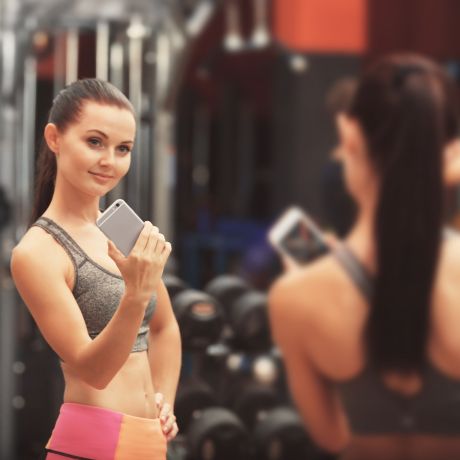
Tips for Solo Photo Shoots
If you do not have the luxury of another person on hand to take your progress photos, you will have to take selfies with your digital camera. Here are some tips that can be used in addition to those already given to get the best end result:
- Stand in front of a full-length mirror with a plain wall on the other side.
- Hold the camera at chest or shoulder level.
- Try to get as much of your body in the frame as possible.
- Make sure your body is centered and fills the frame without cutting off your arms or legs.
How Progress Photos Keep You On Track
if you're a bodybuilder, there is nothing more motivating than knowing that you are making consistent gains. Getting that knowledge through progress pictures will fuel your energy for even more progress. But that's not the only way that progress shots can keep you on track.
A 2013 study, published in the journal Translational Behavioral Medicine, revealed that people who share their progress photos on social media lost more weight than those who did not share. The researchers noted that the social support from other social media users who viewed and commented on the posted images was an important motivating factor for the people who posted their progress pictures.¹
Progress photos also keep us accountable. As I mentioned at the outset, it can be very difficult to notice muscle gain and fat loss from day to day. But progress photos provide you with an objective assessment. In addition, the very knowledge that you will be documenting your progress on film can push you to work harder in the gym and stay on track with your diet.
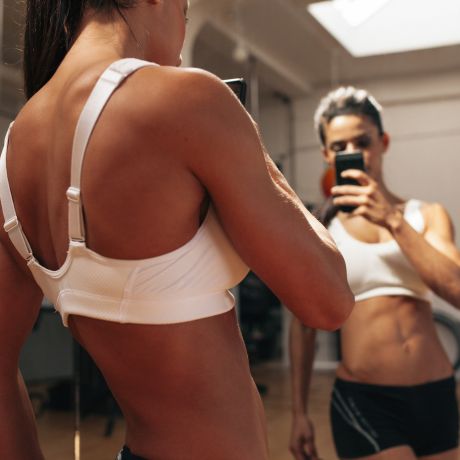
Wrap Up
Taking regular progress pictures is the best way for bodybuilders to gauge whether or not they are building muscle month to month. Remember to use the same pose, same conditions, and same times to make sure you're comparing apples with apples.
I also recommend sharing your progress photos with others on social media or in your personal circle. The positive reinforcement you receive will fuel your motivation to bring it in the gym and in the kitchen.
References:
- Turner-McGrievy, G.M., Tate, D.F. Weight loss social support in 140 characters or less: use of an online social network in a remotely delivered weight loss intervention. Behav. Med. Pract. Policy Res. 3, 287–294 (2013). https://doi.org/10.1007/s13142-012-0183-y

0 Comments